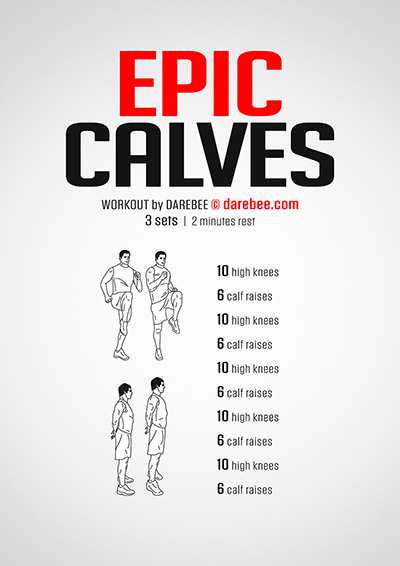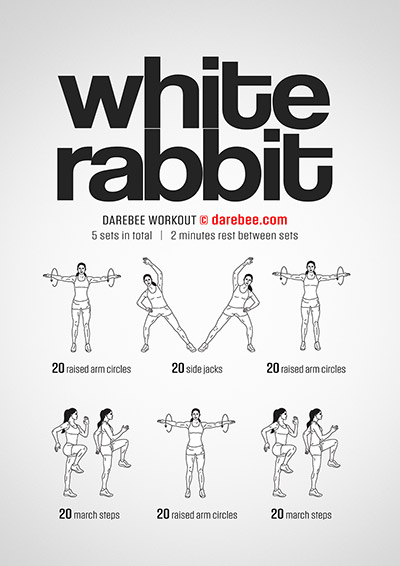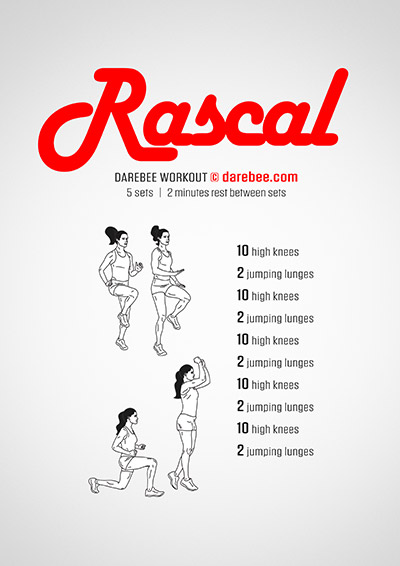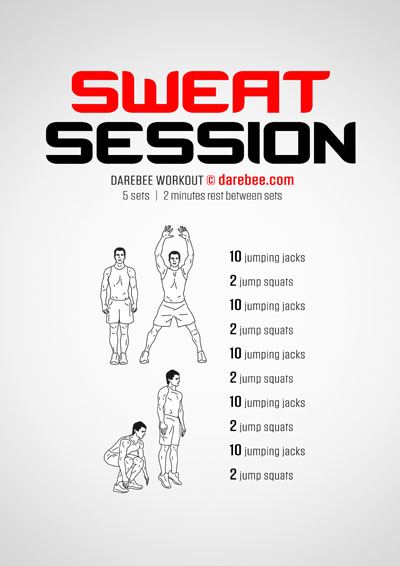If you have to work for home for any reason at all you know that it’s no picnic. We think of home working as stress-free, hyper-productive and totally idyllic. Until we have to do it. Then we realize that our everyday work life has a ready-made structure we fit in and daily rituals[1] that prepare us for it.
The morning shower-breakfast-coffee routine. The daily commute. Those five-ten minutes when we sit at our desk or arrive at work and catch up with gossip or go through emails or just simply look through the day’s reports. All of these are mental processes that have physical effects which neuroscience says prepare us for our best performance.[2]
Rituals help us perform better by controlling our anxiety and minimizing the brain’s sensitivity to personal failure and at work they are mostly subconscious because we enter a structure (both physical and conceptual) that has been created by others.
The moment we have to work from home however two distinct and complementary issues arise. First, this is our home environment. A place which we normally associate with chilling instead of working. According to a neuroscientific study published in Neuron magazine, the associative values we link with places and action in our mind, prepare it for action.[3]
Second, we have not had the time to prepare any kind of ritual that will mentally and physically prepare us to be productive which means that our day is now primed to just fall apart. Nathaniel Kleitman, Professor Emeritus in Physiology at the University of Chicago, explained how neurobiologically we operate in 90-minute cycles[4] that require a brief reset in-between.
The physiological arousal mechanism that Kleitman proposed, known as the basic rest–activity cycle (BRAC), is an ultradian rhythm.[5] In chronobiology, an ultradian rhythm is a recurrent period or cycle repeated throughout a 24-hour day. At work, the natural ebb and flow of work punctuated by coffee breaks, watercooler meetings, lunch and toilet breaks is almost perfectly engineered to provide the mental and physical reset we need in order to function better.
At home, however, we might find ourselves sitting in front of a screen or pouring over our devices for several hours at a stretch and should we make the mistake of taking a break by diving into social media surfing through Netflix we may well end up spending 10 hours plus, sitting down.
We are not designed for that.
Stay Fit To Be Productive
It’s a no-brainer that we will be mentally more alert, physically fitter and healthier and mentally and physically less fatigued and more productive if we fit in some exercise into our day. Without the pressure of time supplied by the daily commute, for example, even starting the day can be challenging if there is no structure.
Luckily, at Darebee, we’ve been honing exercise-at-home routines for years so our approach to managing your day is designed to give you most “bang for your buck” in four easy steps.
Step 1. Get Physical
Start the day with something challenging. It doesn’t matter what it is. It could be one of our High Intensity Interval Training (HIIT) workouts or a Combat Training one and the reason we suggest these is precisely because they challenge you. Neuroscience shows that beginning the day with a tough workout increases serotonin levels in the brain and makes us feel good.[6] Plus, it’s great medicine for the relative loneliness and isolation of staying at home[7] and let’s face it now, a day that starts this way means there is nothing you can’t accomplish afterwards.
Step 2. Take breaks
Remember the ultradian rhythm and Professor Kleitman’s 90-minute rule. Use a Daily Dare that’s just a few minutes long to reawaken your muscles, refresh your brain as it gets flushed with oxygen and nutrients and just change the scenery from your laptop. You can use Daily Dares with every break or go for one of our Office Friendly workouts (PDF on this page) and feel your body rejuvenate.
Step 3. Stretch
Staying at home usually gets you from sitting down in front of your screen to sitting down in front of the TV to sitting down to get something to eat. Even if you’ve started the day with a workout and have a few Daily Dares under your belt your body needs a little extra love. Nothing says “I care” more than a little stretching and for that we have a number of stretching routines. Start from what feels easier and more natural and gradually progress to more challenging ones.
Step 4. Meditate
Use one of our Meditation Challenges to help you get there we have a handy guide to meditation.
If you do all these you will find that your day begins to acquire a structure that revolves around the ebb and flow of your energy and focus. More than that, because you control that structure more than you did when you were in the office you end your day feeling a little tired but clear minded and energized.
Tips For Home Workers
When you work at home you’re your own responsibility. Because there is no one around to tell you when to take a break and no reminder of other people to help you remember what to do it becomes easy to forget to take care of yourself properly.
Here are a few additional tips to help you out there:
Stay hydrated. You’ll be surprised how easy it is to forget to drink enough water when at home. Our Water Challenge will help you stay on top of that.
Make sure you eat properly. Our Darebee plates are just one suggestion. We have quite a lot of recipes to help you stay as healthy on the inside as you are on the outside.
Get enough sleep. It’s really easy to let the day become one long blur where you go from the screen of work to the screen of Netflix and forget that you need also sleep enough to recover. This is especially important as sleep is also an immune-booster. Our Sleep Challenge will make sure you’re getting sufficient rest to help your body build itself up and your brain get clear.
Entertain yourself. Dive into a world of possibilities that will challenge your mind and push your body as you become immersed in a role playing adventure game such as Hero’s Journey, Age of Pandora or, our latest, Carbon and Dust. Each of these are really different worlds with different rules. Each of them however will ask you to exercise moral judgement, make difficult decisions and hard choices and all of them will have real-world consequences as you get to be physical. Guaranteed you won’t be the same person on the other side of the adventure.
Finally, stay connected. Even tough you’re at home, you shouldn’t feel alone. The Hive is the social side of Darebee. You can ask for help, advice or just chat to other Bees there. You’ll be surprised how good it feels when you can share some of the load you feel.
Put all this together properly and you suddenly have sufficient structure to your day to survive through the long winter of the Zombie Apocalypse if necessary. As a matter of fact you might find hard to adjust again when it’s time to get back to the office.
Suggested Workouts
Suggested Challenges
Sources
- Hobson, N. M., Bonk, D., & Inzlicht, M (2017). Rituals decrease the neural response to performance failure. PeerJ, e3363, doi: 10.7717/peerj.3363.
- Legare CH, Souza AL. Evaluating ritual efficacy: evidence from the supernatural. Cognition. 2012 Jul;124(1):1-15. doi: 10.1016/j.cognition.2012.03.004.
- Vyas S, Even-Chen N, Stavisky SD, Ryu SI, Nuyujukian P, Shenoy KV. Neural Population Dynamics Underlying Motor Learning Transfer. Neuron. 2018;97(5):1177–1186.e3. doi:10.1016/j.neuron.2018.01.040
- Nathaniel Kleitman . Basic Rest-Activity Cycle-22 Years Later, Sleep, 5(4)311-317
- Hobson JA, Pace-Schott EF (September 2002). "The cognitive neuroscience of sleep: neuronal systems, consciousness and learning". Nat. Rev. Neurosci. 3 (9): 679–93. doi:10.1038/nrn915. PMID 12209117.
- Young SN. How to increase serotonin in the human brain without drugs. J Psychiatry Neurosci. 2007;32(6):394–399.
- Gordon BR, McDowell CP, Hallgren M, Meyer JD, Lyons M, Herring MP. Association of Efficacy of Resistance Exercise Training With Depressive Symptoms: Meta-analysis and Meta-regression Analysis of Randomized Clinical Trials. JAMA Psychiatry. 2018;75(6):566–576. doi:10.1001/jamapsychiatry.2018.0572



















